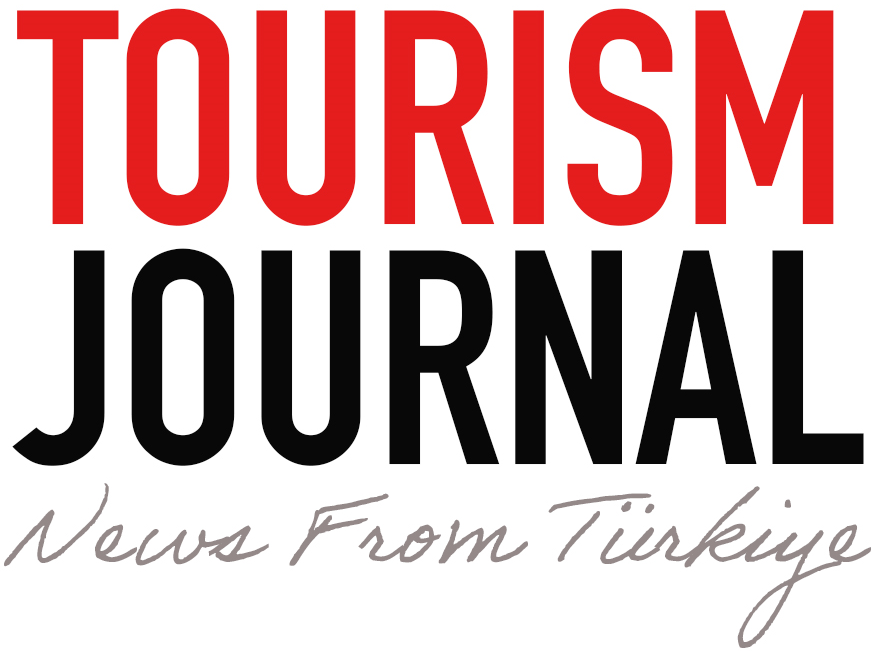Hava Durumu
TOURISMJOURNAL - Hatay Archeology Museum haberleri, son dakika gelişmeleri, detaylı bilgiler ve tüm gelişmeler, Hatay Archeology Museum haber sayfasında canlı gelişmelerle ulaşabilirsiniz.

